
Why they participated
‘Our pre-school children are a cohort whose early lives were fully affected by Covid and need a lot of support with their wellbeing,’ says manager Sara Rodriguez. ‘We thought it would be empowering to be part of the project so the children could learn that their voices can and should be heard – to be proud of who you are.’
Starting discussions
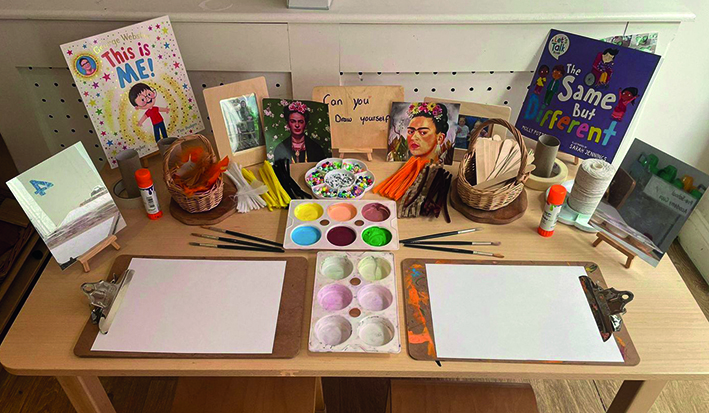 At Bright Horizons in Worthing, staff often spark discussions through provocations, so it was decided to introduce the project in this way, with practitioners joining with the conversations to support and extend children’s comments and ideas.
At Bright Horizons in Worthing, staff often spark discussions through provocations, so it was decided to introduce the project in this way, with practitioners joining with the conversations to support and extend children’s comments and ideas.
‘“Diversity, Equity, Inclusion, Belonging” sounds like a big, big concept but it is actually what we promote day to day through having respect for each other and the right to be heard,’ says Sara. ‘Through posing questions and having discussions, we are allowing the children to express themselves, listen to others and to understand how to be a nice person.’
Staff shared picturebooks with the children (see Book corner) which helped them to start talking about how, although people have many differences that should be embraced, it is also important to remember how we also have many similarities. ‘Children talked to each other about interests they have that are the same, such as playing with cars,’ says Sara.
Children were shown the work of a number of artists for inspiration. In keeping with the theme, staff deliberately chose to share the work of females. Sara says, ‘We want children to know that females can also be creative and that girls can also follow their interests.’
They discussed the techniques that could be used to reproduce the artwork, and staff presented the children with a wide range of art materials for them to work with.
Voices of Children project
‘Children can and should influence the world around them. Through art children are empowered to share what is special about their lives, producing and creating individual and unique responses to share with other children across the world.’ – Voices of Children Mission Statement
Children at Bright Horizons in Worthing, West Sussex have been exploring big ideas around belonging and inequality and expressing their thoughts, ideas and sharing their creativity on an international stage through the Voices of Children project (see Further information).
The aim of the exposition, which they were invited to participate in by their early childhood specialist Carly Henley, is to enable children aged from three- to six-years-old to tell the world what is special to them through their artwork. It builds on a project established by the University of Wollongong in Australia, with the first virtual gallery exhibition and a physical gallery of participating children’s artwork held to coincide with the Bright Start International conference in Greece in 2022. That year, more than 1,500 children were involved from 12 countries.
The project aims to honour children’s voices by:
- Collaborating with early childhood teachers and parents to promote awareness of the arts and children’s voices.
- Highlighting the importance and benefits of early years art and creative learning experiences for children and families.
- Providing platforms to value and share the voices and ideas of children.
- Supporting young children to become globally aware.
- Helping children to share visual expressions about their own contexts, cultures and response to the world around them.
The project’s theme for 2023-2024 is ‘Diversity, Equity, Inclusion, Belonging’, with children exploring the UN Sustainable Development Goal 10, ‘Reduced inequalities’ (see Further Information).
What they did
Staff used mirrors as a provocation for children to look at themselves and to talk about the way they look compared to how others look – such as their eyes being brown, whereas their friend’s eyes are blue and that they have different skin colours. Staff provided a range of paint and encouraged them to mix the paints to get the correct skin tone for themselves and then paint self portraits. During the process, children commented on how we all have different shades and colours of skin and hair. Sara says children started to think more about their paintings and how they depicted others; for example, not always using the same colours that they would use for their own hair.
Self-portraits led onto children drawing pictures of their families and talking about who is in their family. ‘We talked about how all families are of different sizes and there was a lot of reflection,’ says Sara. ‘Children included grandparents and pets in their families and concluded that a family is the people who love you.’
Children looked at images of different homes and discussed how families live in homes that are different styles and sizes. They chose to use junk-modelling materials to make their own homes. While one child built a really tall house, another said their house was only small because it was just them and their mummy and they live in one room. ‘We live together and snuggle together. We also snuggle on the sofa,’ he told his friends.
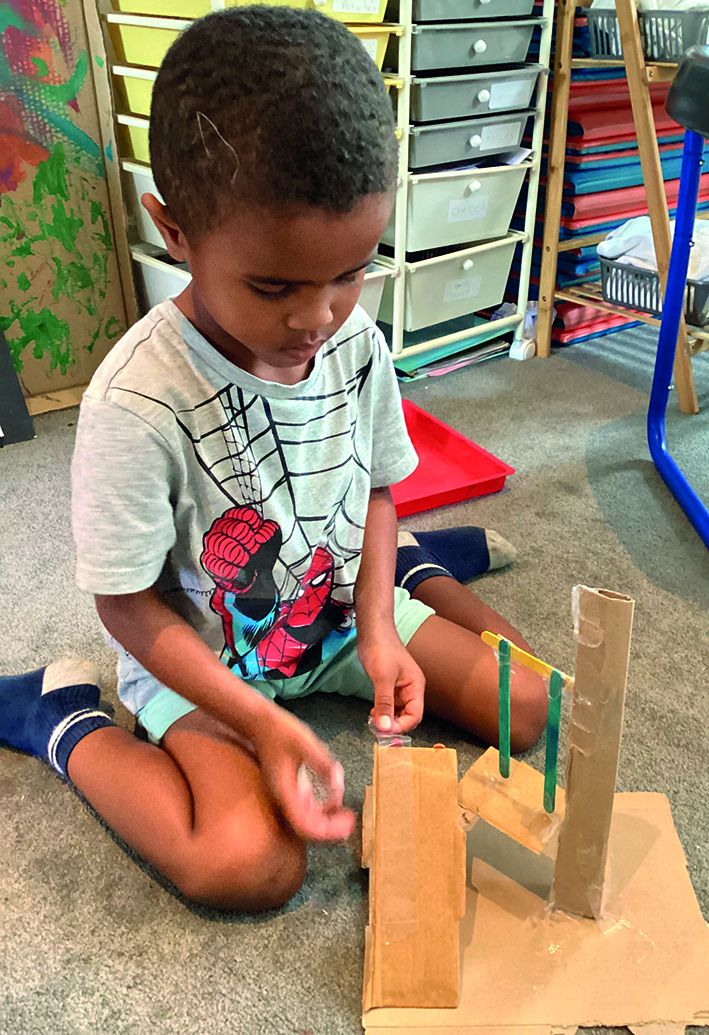 During a visit to the play park, one boy shared how his brother can’t use the slide because he is in a wheelchair. The children collaborated on a large-scale model of a park with inclusive play equipment, including a slide with a lift so that the boy’s brother could go to the top and slide down.
During a visit to the play park, one boy shared how his brother can’t use the slide because he is in a wheelchair. The children collaborated on a large-scale model of a park with inclusive play equipment, including a slide with a lift so that the boy’s brother could go to the top and slide down.
Children made clay models of people they knew and included their special attributes. These included details such as twisted pipe cleaners for curly hair, but also special aspects such as a brother with five legs, ‘because he’s the fastest and he likes to run and jump’.
What they gained
‘The project has made the children very thoughtful and we can hear them making comments, such as, “It’s OK, we’re different”, and “We do not have to always like the same things”, and to show more empathy and understanding for each other,’ reflects Sara.
‘Feeling valued as a world citizen is an ambitious aim, but I believe the children are more secure in themselves and more confident in expressing themselves since taking part in the project. There was real power in them thinking and sharing their ideas, listening and discussing aspects of their lives without judgement.’
FURTHER INFORMATION
- Voices of Children International Project: https://bit.ly/3t0Kag3
- Sustainable Development Goals: https://www.un.org/sustainabledevelopment
- ‘Education for Sustainability’ series by Dr Diane Boyd (Nursery World): https://www.nurseryworld.co.uk/category/practice-guides/education-for-sustainability
Book corner
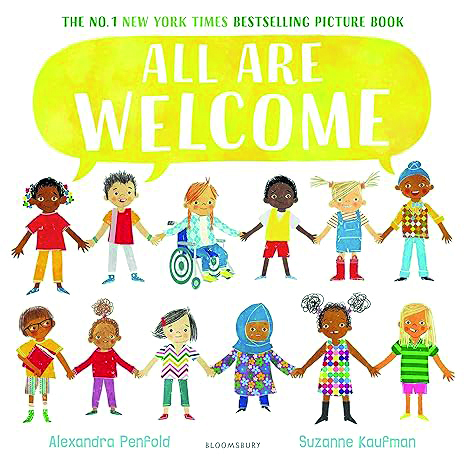 All Are Welcome by Alexandra Penfold and Suzanne Kaufman
All Are Welcome by Alexandra Penfold and Suzanne Kaufman
Follow a group of children through their school day to bedtime and find they all belong, regardless of their race, family, clothes or religion.
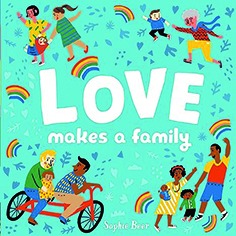 Love Makes a Family by Sophie Beer
Love Makes a Family by Sophie Beer
Whether you have two mums, two dads, one parent, or one of each, there is one thing that makes a family, and that’s love.
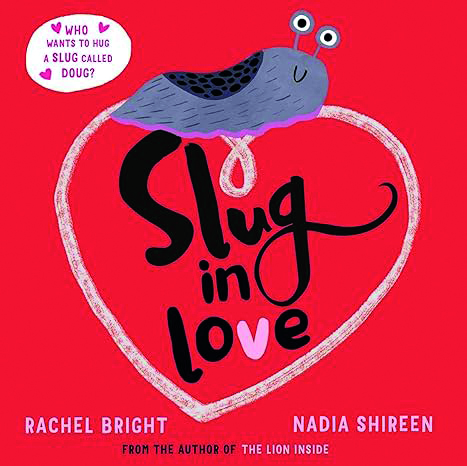 Slug in Love by Rachel Bright and Nadia Shireen
Slug in Love by Rachel Bright and Nadia Shireen
Doug the slug needs a hug. But who will hug a slug called Doug?
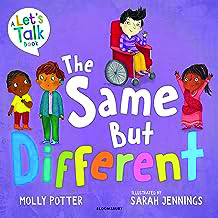 The Same But Different by Molly Potter and Sarah Jennings
The Same But Different by Molly Potter and Sarah Jennings
Wouldn’t it be boring if we were all the same? This book explores the ways in which we are unique, as well as the similarities we all share. Using everyday examples, clear explanations and colourful illustrations, this book encourages children to rejoice in their differences.
Will You Be My Friend? by Molly Potter and Sarah Jennings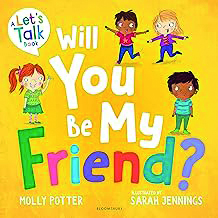
Practical advice on helping children understand how to make friends, what it means to be a true friend and how to cope with the tricky parts of friendship. An ideal starting point for conversations about friendship.
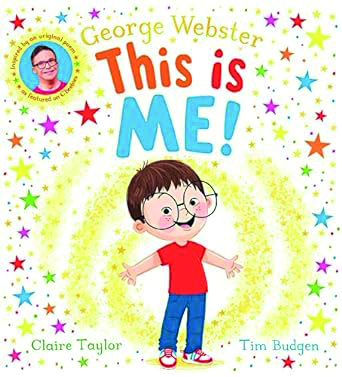 This is Me! by George Webster and Tim Budgen
This is Me! by George Webster and Tim Budgen
George has sparkly eyes just like his mum, is determined and brave like his dad and is full of fun like his sister. This picturebook is written by George Webster, an actor, dancer and TV presenter who has Down’s syndrome.









